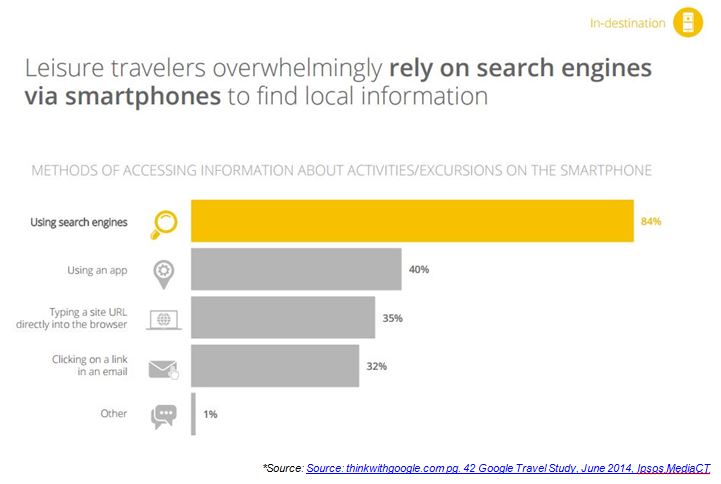-
Traffic
Get More Traffic
SponsoredLinX offers a number of different services to help drive more qualified traffic to your website. Google Ads Management Search Engine Optimisation Microsoft Ads Facebook Advertising Google Ads Mobile“SponsoredLinX are a rarity in today’s market place, they promise a lot but deliver more. Our business has grown by over 400% in one month; we are amazed at the difference they have made.”
-
Conversion
Convert More Leads
Our second step is making sure that your website is able to convert the traffic you receive into leads for your business. Optimising your website to convert more leads is important to a profitable campaign. Web Development Convertopages Do It For Me eCommerce Social Media Posts“I just want to say thank you! The changes that you have applied in our AdWords campaign have definitely seen an improvement on click quality and sales for HippityHop.”

Local Businesses Win with Mobile Responsive Websites
We all know that websites now must be mobile responsive if the owners of these websites want these sites to rank organically via Google search. However, just because Google have implemented a new algorithm, is this enough of a reason to change your website? The real question needs to be, ‘How important is mobile search to your business website?’ The answer will help decide your future actions for your customers’ future digital experience with your website.
So, apart from the April 21st Google algorithm update, what other news is there to justify making the move to website responsiveness? It helps to look at the type of information which will have informed Google and helped with their decision process. Firstly, people are using their mobile phones to search the internet more and more. In an article on Search Engine Watch, it states that, “Google search interest in “near me” has increased 34 times since 2011 and nearly doubled since last year. The vast majority come from mobile — 80 percent in Q4 2014,” (Jarboe, 2015). When people are out and about, they will commonly search for types of businesses, or products which they can find within a close proximity to them. So while they are also looking for information, the right information available to them at their fingertips also informs the decisions that they make.
Sridhar Ramaswamy who recently wrote a blog for the Think with Google newsletter, aptly calls these moments, in which people use a ‘near me’ search query, as micro moments. It’s these extremely short spaces of time when people will make a decision to click on your website, or not. It’s these moments which can mean a sale, or not. He writes, “In these moments, consumers’ expectations are higher than ever”, (Ramaswamy, 2015). People want what they are looking for now! If your website doesn’t even rank in the search results because your site is not mobile responsive, then you are missing out on the, “…50 percent of consumers who conduct a local search on their smartphone [who] visit a store within a day, and 18 percent of those searches lead to a purchase within a day,” (Jarboe, 2015).
How do you predict these micro-moments? These points in time do, after all, often take a user on a whim, so your next point of call is to ascertain how to prepare for them in relation to your business. It comes down to details. When you look at your average customer’s buying cycle, you must ensure your website ranks for keyword search queries which the customer would typically choose when they are nearing the end of their buying cycle. You are then casting your net only once a customer is closer to making a purchase. As another example, if your business heavily relies on tourism, travellers commonly use their mobile device to use search engines to find local information, as you can see from the sourced image below.
For Australian SMEs, the digital market is undeniably growing. eMarketer recently reported that, “Next year, Canada and Australia will surpass South Korea to become the sixth- and seventh-largest mobile ad markets globally, respectively,” (eMarketer, 2015). With the abundance of data, statistics and reports which all point to a mobile internet future, it’s simply imperative that your business keep up with these trends. Truthfully, we are heading to a point in time where having a mobile responsive website will no longer give you a competitive edge because it will be the norm. It means now more than ever that you need to put your agile SME owner hat on and embrace the mobile internet search era. Still don’t have a mobile responsive site? Give us a call on 1300 859 600 or visit our website.


